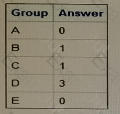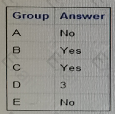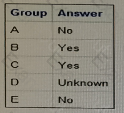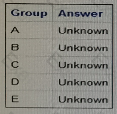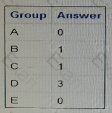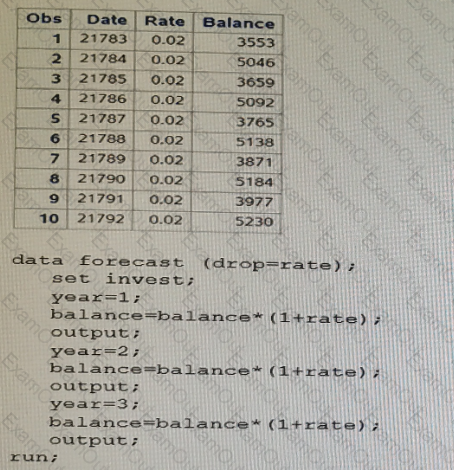In SAS, iterative DO statements are used to repeat a block of statements a specified number of times. These DO statements have a specific syntax that includes initializing a variable, setting an ending value, and specifying an increment (or decrement). The syntax generally follows the pattern: DO variable = start TO end BY increment;
Let’s evaluate each option provided:
A) Do 100 to 1200 by 100;This statement is syntactically incorrect because it lacks a variable to iterate over. An iterative DO loop must specify a variable that will take on each value in the specified range. The correct form should be something like do i = 100 to 1200 by 100;.
B) Do num = 1.1 to 1.9 by 0.1;This statement is valid. It initializes the variable num at 1.1 and increments by 0.1 until it reaches 1.9. This is a typical use of the iterative DO loop for non-integer increments.
C) Do year = 2000 to 2016 by 2;This statement is also valid. It initializes year at 2000 and increments by 2, going through values like 2002, 2004, etc., up to and including 2016. This is a standard use for iterating over years or other sequentially numbered items.
D) Do reverse = 10 to 1 by -1;This statement is valid. It initializes reverse at 10 and decrements by 1 until it reaches 1. Using negative increments is a legitimate approach for counting downwards.
References
SAS 9.4 Statements: Reference, "DO Statement."
SAS Support: DO Loop Documentation
Understanding how to properly format DO loops in SAS is fundamental for effectively managing repetitive tasks in your data analysis. Mistakes like those seen in option A can lead to syntax errors, preventing your code from executing. Always ensure that your loops are correctly structured and that each component of the loop is clearly defined.
